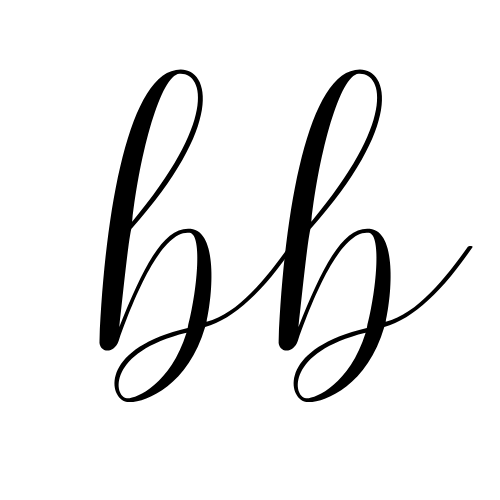Who are you creating for?
“Don’t write for the audience, write for you. Quench the audience”
insisted one of my good friends during our last zoom call, as we discussed the discrepancy between creating art for yourself and crafting art to cater to an audience. I suppose our conversation echoes the decades old debate of whether commercial art can still be labeled as fine art, and yet, we went around in circles and came nowhere near answering the question.
We’re oceans, continents, and time zones apart, and yet, he and I were both adamant on answering one complex, perplexing question that troubled the both of us: Who are we really creating for?
Although the question has been characterized in several ways, one well-known perspective, with many subtle and historical variations, is that people create art for themselves, and this art eventually finds a way to reach people that resonate with it.
The golden age of content creation is the perfect testimony to that – by dispersing the authority away from media conglomerates and the very few executives in boardrooms, social media radically decentralizes content and enables independent creators to target the right audiences very easily. Today’s mediascape gives artists plenty of exposure, equal access, and endless avenues of opportunity.
What happens, then, when the creative scene starts getting a little too competitive (better yet, algorithmic), and artists become a little too engulfed by keeping up with trends? With content creation taking off, monetizing hobbies has never been easier. On the surface, it’s all pretty straightforward: you do what you love, and you get paid for it. Sounds like the dream, doesn’t it? After all, we’re all encouraged to pursue our passions when we’re choosing our career paths.
Except here’s the catch: monetizing your hobbies, whatever they may be, shifts your priorities. The main objective becomes money, and your creativity is back to being constrained by paradigms of profit.
It’s a double-edged sword: you make money at the cost of your unconditional liberation. You begin to gradually shift away from free expression to a new type of restriction, one dictated by views, trends, and engagement rates. Although nothing beats seeing your creation flourish and succeed, I think it’s important to always question who you are creating for.
Brains and Bikinis was born out of utter frustration of labels and caging categories. Social categories help us navigate this complex world and gives us the illusion of control – but they also unconsciously wire our brains into adhering to these categories.
If you ask me who I’m creating for, I’ll say I’m creating to challenge social beliefs and build a community. I’m creating to harmonize brains and bikinis in the Arab world. Most importantly, creating for me – to inspire and be inspired. I suppose the above reflects my anxieties about creation, but I won’t know who it is exactly I’m creating for unless I try. Will I be affected by trends, likes, and engagements? Probably. At least I know my purpose, and that’s what I’ll keep reminding myself of – for now at least.
